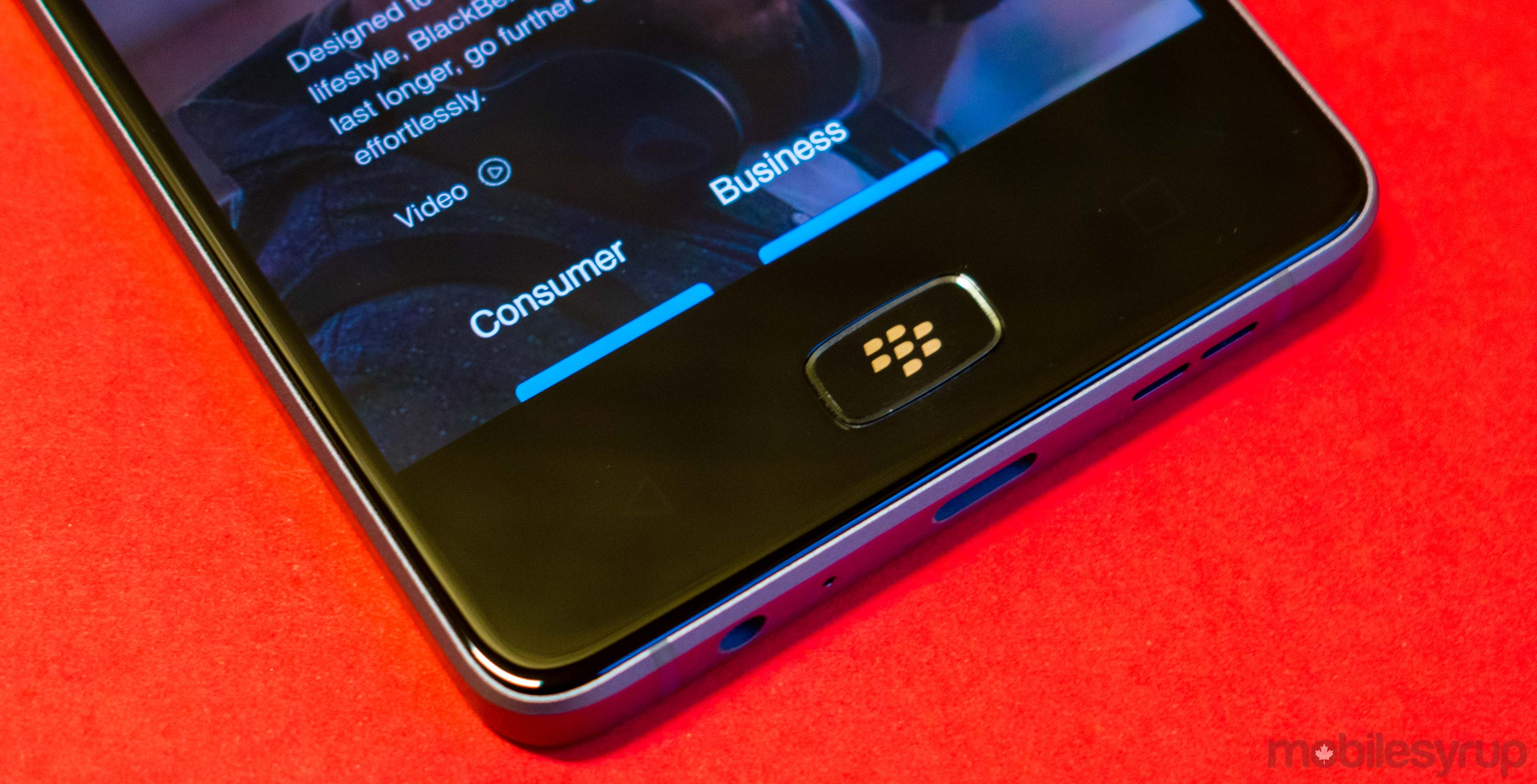
In the age of the iPhone X and the thoroughly modern premium-tier Android flagship smartphone, I still really like BlackBerry devices.
Although, simply due to the fact that the Waterloo, Ontario-based BlackBerry doesn’t actually manufacture smartphone hardware anymore — that’s handled by the Chinese TCL, which has a long-term licensing partnership in place with BlackBerry — it’s not entirely fair to say that phones like DTEK50, DTEK60, or the KEYone are formal BlackBerry devices.
Still, I liked those devices and I really like the TCL-made Motion.
In fact, I like the Motion so much that when I finally got my hands on one, I felt a sensation akin to what one would describe as bliss.
“Finally,” I said out loud. “A full touchscreen BlackBerry device that was more than just useable — it was actually a joy to use.”
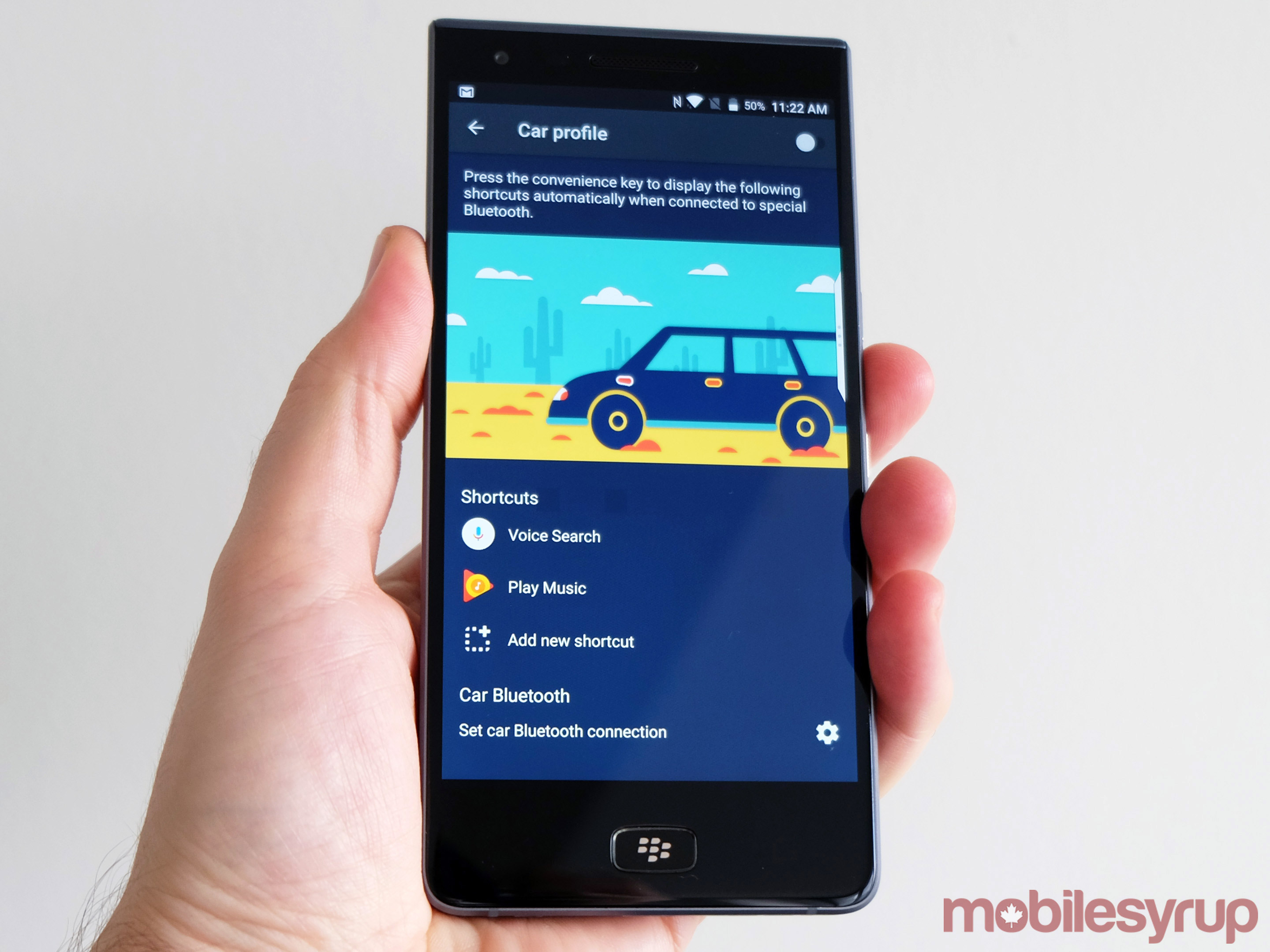
I couldn’t resist its serviceable 5.5-inch IPS display. I was drawn to its machined, metal and glass industrial design. I couldn’t help but thumb its truly conveniently placed convenience key. That gorgeous rubber back meant that the phone never felt slippery in my hands — unlike many, many Android smartphones made of metal and glass that always felt like they were mere moments away from flying out of reach of my fingers. That it was waterproof and dustproof were welcome additions that made me gush with joy.
Granted, the phone isn’t without its faults. Again, its 1080 x 1920 pixel IPS LCD screen is only serviceable and is certainly nothing revolutionary. Much like the screen, the device’s single-lens camera is subpar in comparison to the phone’s peers. The smartphone’s volume rocker and power button are firm, yet undeniably shallow. Its Snapdragon 625 is a mid-tier processor that isn’t capable of truly constant high-performance output. Of course, the bezels are also gigantic and difficult to forgive.
“Finally…a full touchscreen BlackBerry device that was more than just useable — it was actually a joy to use.”
And that’s all to say nothing of the fact that the BlackBerry Motion’s mushy, poorly built home button — that also serves as the device’s fingerprint sensor — is inexplicably built on a hinge. This means that every click of the home button results in the bottom part of the button dipping lower than the top part, which is not only uncomfortable, it’s just plain unnatural.
“Home buttons are supposed to go straight down — not down on an angle,” I cried, also out loud.
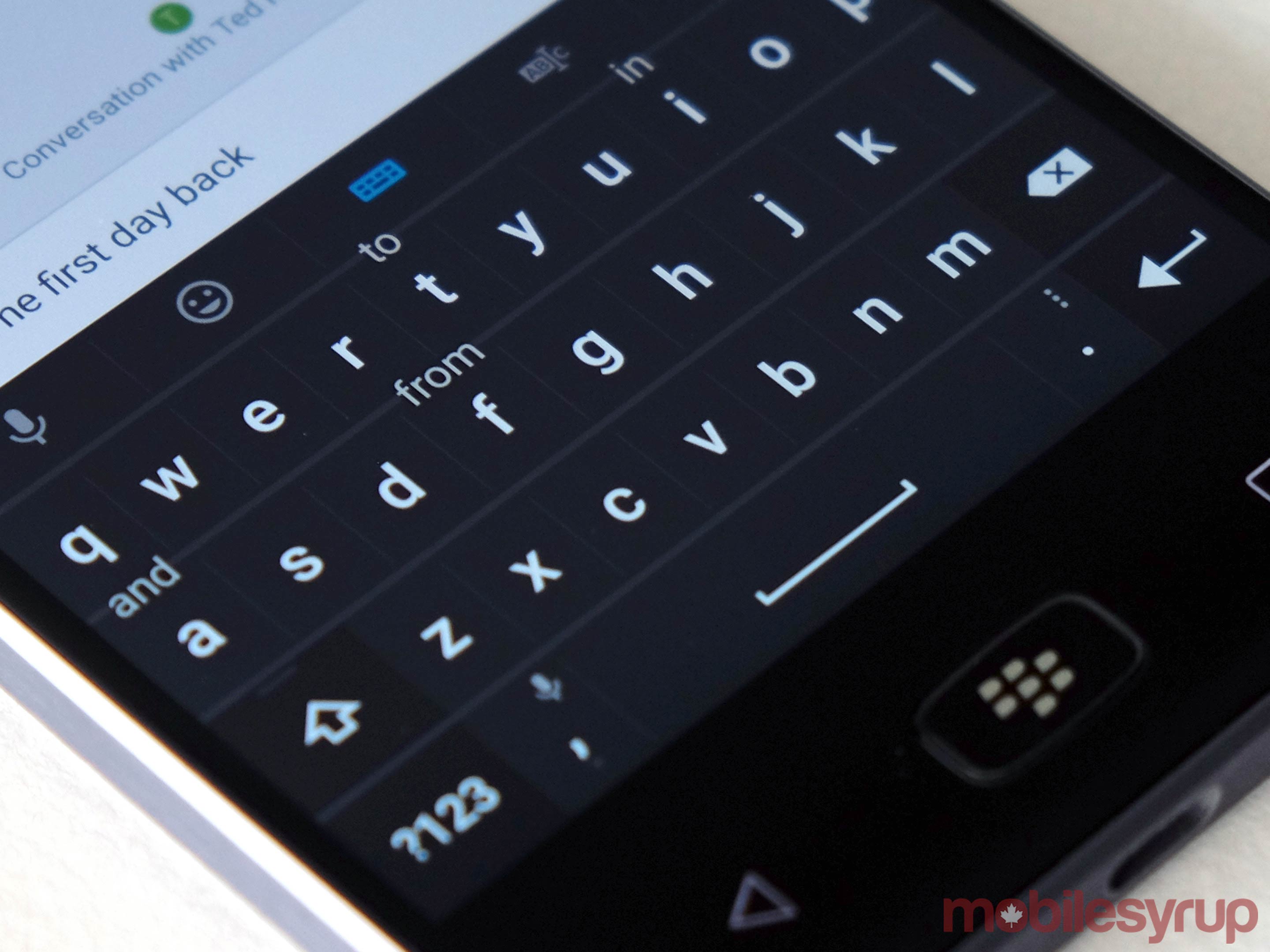
I was disappointed, but for a company that at one point had been unable to build a meaningful competitor to the iPhone or to premium-tier flagship Android devices, a device like the decidedly mid-range Motion in its roster was impressive.
Granted, it once again must be mentioned that the organization responsible for designing and developing the Motion isn’t the same Waterloo company that released devices like the Bold and the Curve.
Costly sins that are tough to forgive
In spite of its virtues, even I find it difficult to forgive the BlackBerry Motion for the sin of its exorbitant $605 CAD price. The issue isn’t that there are better phones that are priced within a competitive range to the Motion. Phones like the $659 CAD OnePlus 5T and the now $460 CAD Essential Phone really should be disqualified from most price-for-quality conversations because they serve as examples of exceptions to a rule.
Instead, the problem is that when compared to other, similar mid-range phones — devices like the LG Q6 and the HTC U11 Life which both cost $449 CAD — the BlackBerry Motion’s price tag is undeniably steep.
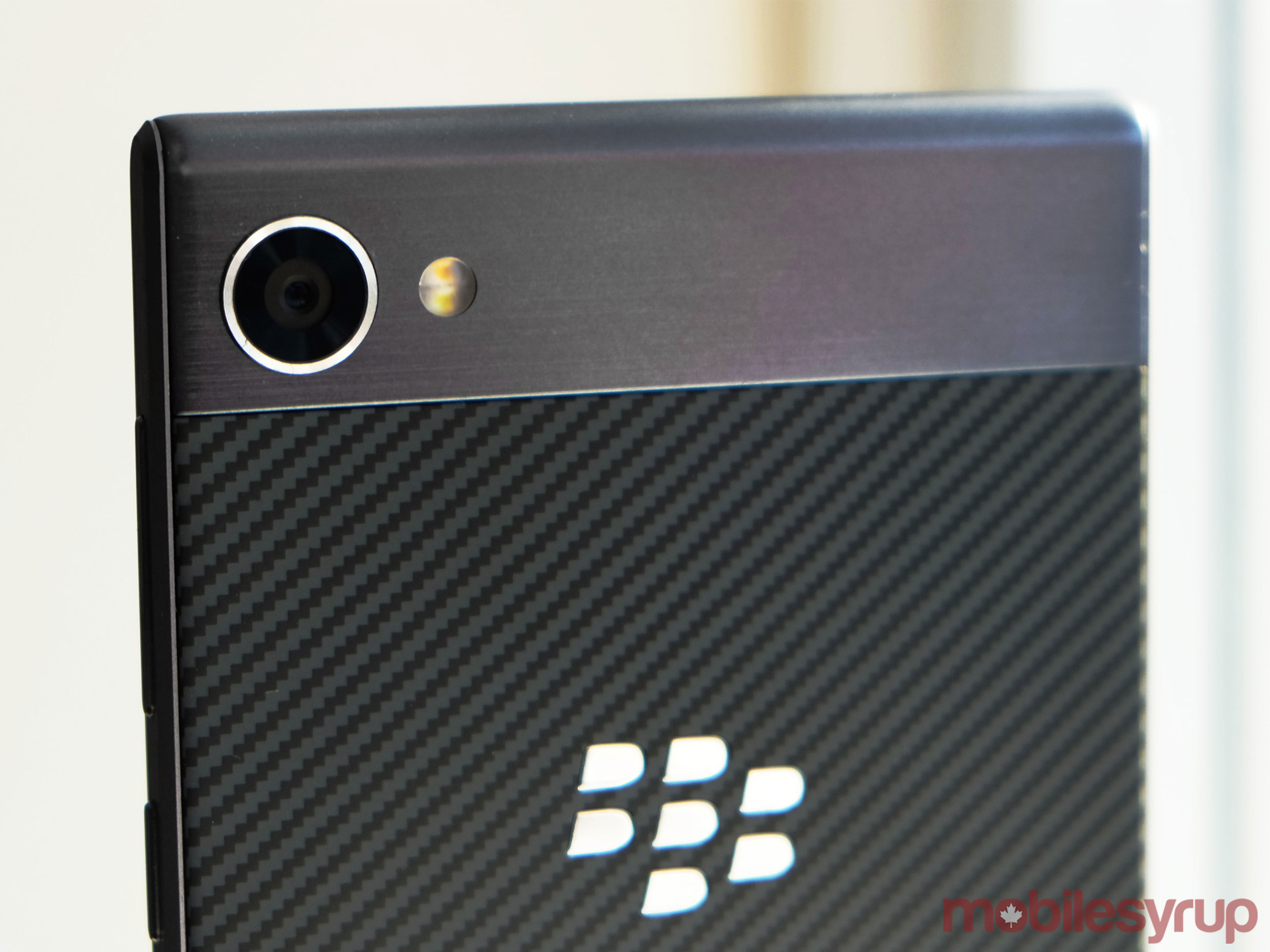
The decision to price BlackBerry devices at often prohibitively expensive costs in order to bolster the company’s reputation among corporate and enterprise users was often colloquially referred to as the ‘BlackBerry tax.’ BlackBerry’s hubris was easier to excuse back when it wasn’t licensing its brand name to other hardware manufacturers.
“Home buttons are supposed to go straight down — not down on an angle.”
Admittedly, the BlackBerry tax is also easier to ignore when it applies to flagship devices, and not mid-range products.
The Motion is proof of that fact. The phone’s metal, glass and rubber aesthetic allows the Motion to compete favourably with other mid-range devices from Asus, Huawei, Alcatel or Motorola, but there’s no way that the device can compete in the same space as phones like the Samsung Galaxy S7 or the iPhone 6S or the iPhone 7 — devices that are admittedly costlier than the Motion and older than the current generation of flagships, but that are nonetheless the devices that most people will settle on for brand reasons, performance reasons or both.
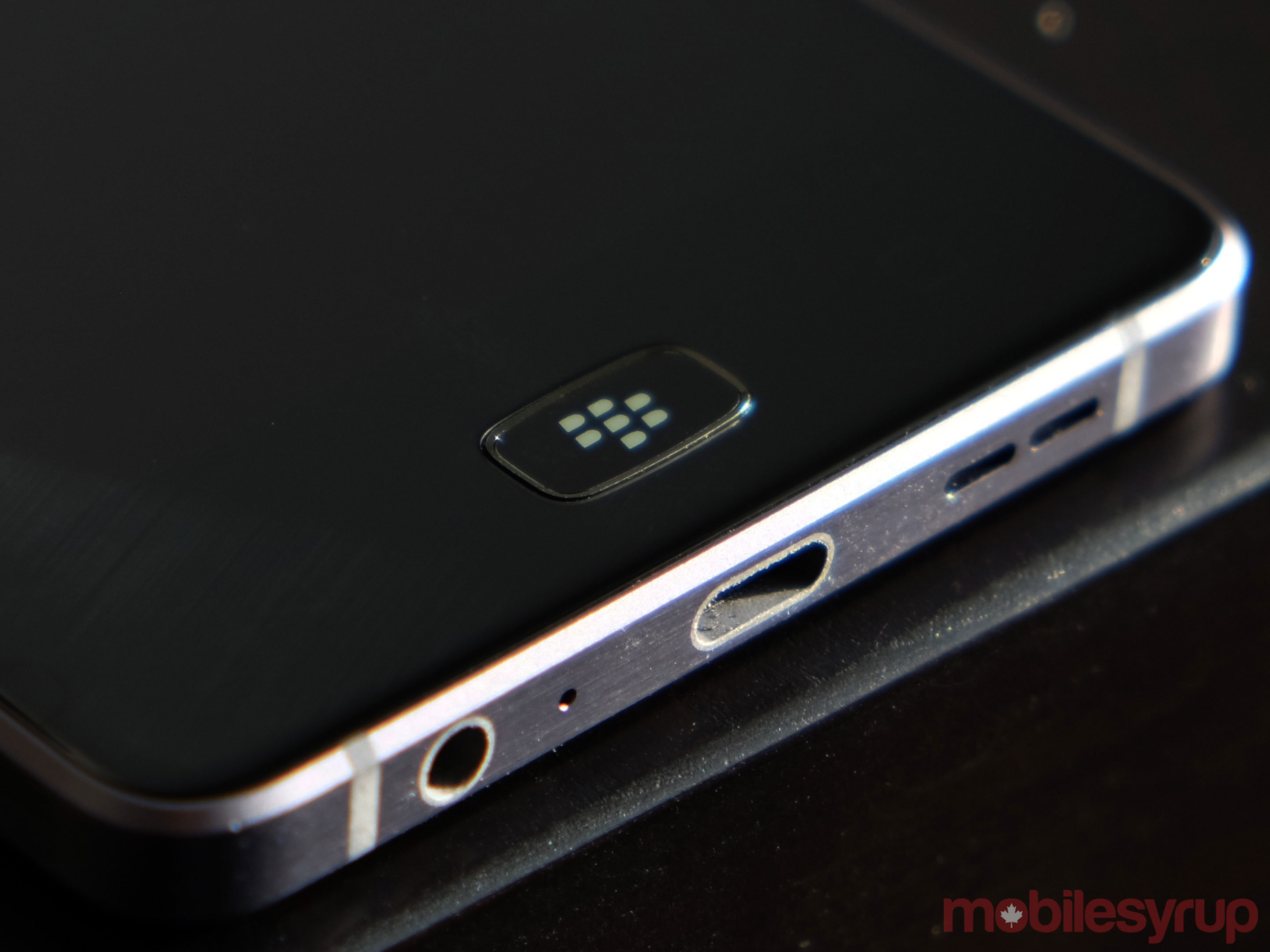
The truth is, I’m not really sure if the BlackBerry brand will be able to weather a new smartphone storm. For BlackBerry apologists like me, though, there’s no small amount of joy to be garnered from knowing that someone — RIM, BlackBerry, TCL or otherwise — is still trying to pump out worthwhile BlackBerry smartphones.
Today marks the five-year anniversary of BlackBerry 10 — the touchscreen operating system that was supposed to allow the struggling Waterloo tech giant to compete in a space dominated by iOS and Android.
BlackBerry 10 never truly panned out, but it’s nice knowing that BlackBerry — in some form or iteration — has finally succeeded at putting out a meaningful smartphone.
MobileSyrup may earn a commission from purchases made via our links, which helps fund the journalism we provide free on our website. These links do not influence our editorial content. Support us here.


